Inferior antenna system on the iPhone lands Apple in court
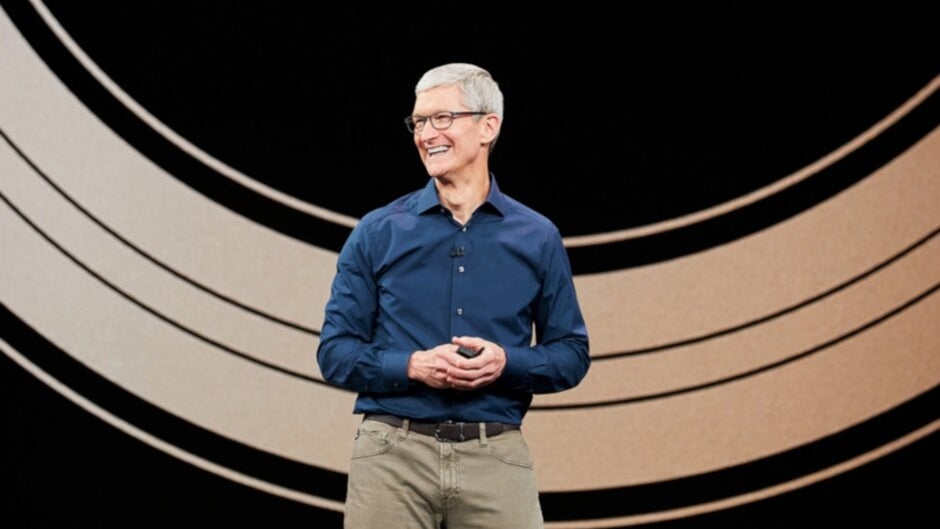
AppleInsider reports that Apple is the defendant in a class-action suit filed with the U.S. District Court for the Northern District of California. The plaintiffs allege that the antenna setup used on 2018's iPhone XR (the low-end model that year), is inferior to the antenna setup used on the iPhone XS and iPhone XS Max. The suit says that the difference in the antenna systems "cause the iPhone XR to have half the signal connectivity and 4G speed of the iPhone XS and iPhone XS Max and renders the XR far less capable of obtaining a reliable connection in the same areas where the XS and Max can reliably connect."
There is a reason why the iPhone XR runs at a slower speed than the iPhone XS
The less capable connectivity didn't seem to affect sales of the iPhone XR, which was the most popular smartphone in the world last year with 46.3 million units shipped. But as the suit points out, Apple promotes the iPhone as "premium products with fast processors, reliable connectivity, and epic performance." The plaintiffs note that Apple has the duty to be truthful to customers and not cover up information showing how one of its newer models uses inferior components and delivers inferior performance compared to other new iPhone models and the competition.
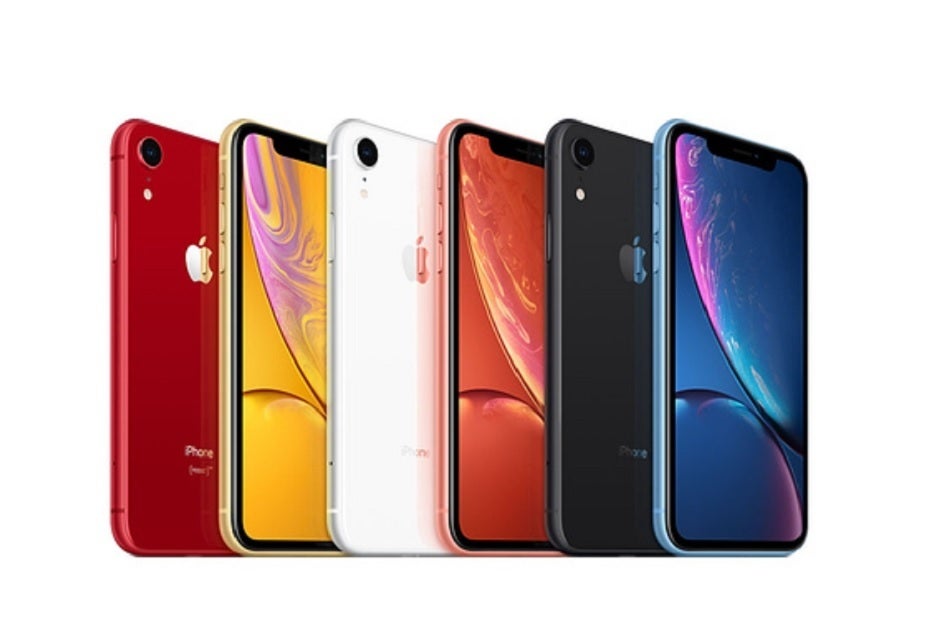
The iPhone XR uses an antenna setup that is inferior to the one employed by the iPhone XS
The iPhone XR is equipped with an antenna system known as 2 X 2 MIMO. This means that the phone could handle two separate streams of data signals simultaneously over the same channel. The iPhone XS and iPhone XS Max feature 4 x 4 MIMO allowing for four separate data streams to run simultaneously. The plaintiffs note that Apple does not inform consumers that this difference in antenna design leaves the iPhone XR lacking when compared to the more expensive models. Furthermore, the suit says that Apple knew or should have known that using the 2 x 2 MIMO setup on the iPhone XR makes the latter inadequate compared to its other 2018 models. Testing done by Apple, the pre-release design, and consumer complaints collected by the manufacturer all should have made it clear that there was a problem. But as the lawsuit notes, "Apple failed to disclose and actively concealed the iPhone XR's defect from the public, and continues to manufacture, distribute, and sell the iPhone XR without disclosing the defect."
One of the plaintiffs involved in the suit is Alison Coleman of Fosters, Alabama. She purchased four iPhone XR units during January 2019, unaware that they used the 2 x 2 MIMO antenna system. Had she been aware, she claims that she would have paid less for the phones or would have purchased a different model from Apple or a phone from a different manufacturer. After purchasing her iPhone XR models, she noticed that during phone calls, both sides of the conversation had trouble hearing each other. Sending and receiving text messages also was troublesome. After getting in touch with Apple within one year of her purchase, she was told by the manufacturer to perform a factory reset; she did but it did not improve the phone's connectivity.
Coleman might never have realized that the antenna array in the iPhone XR was inferior to the one on the XS models if she didn't read about in the press. That's when she discovered that not only did the higher-priced iPhone XS and iPhone XS Max contain a 4 x 4 MIMO array, there were also phones in the same price point as the iPhone XR that did so as well.
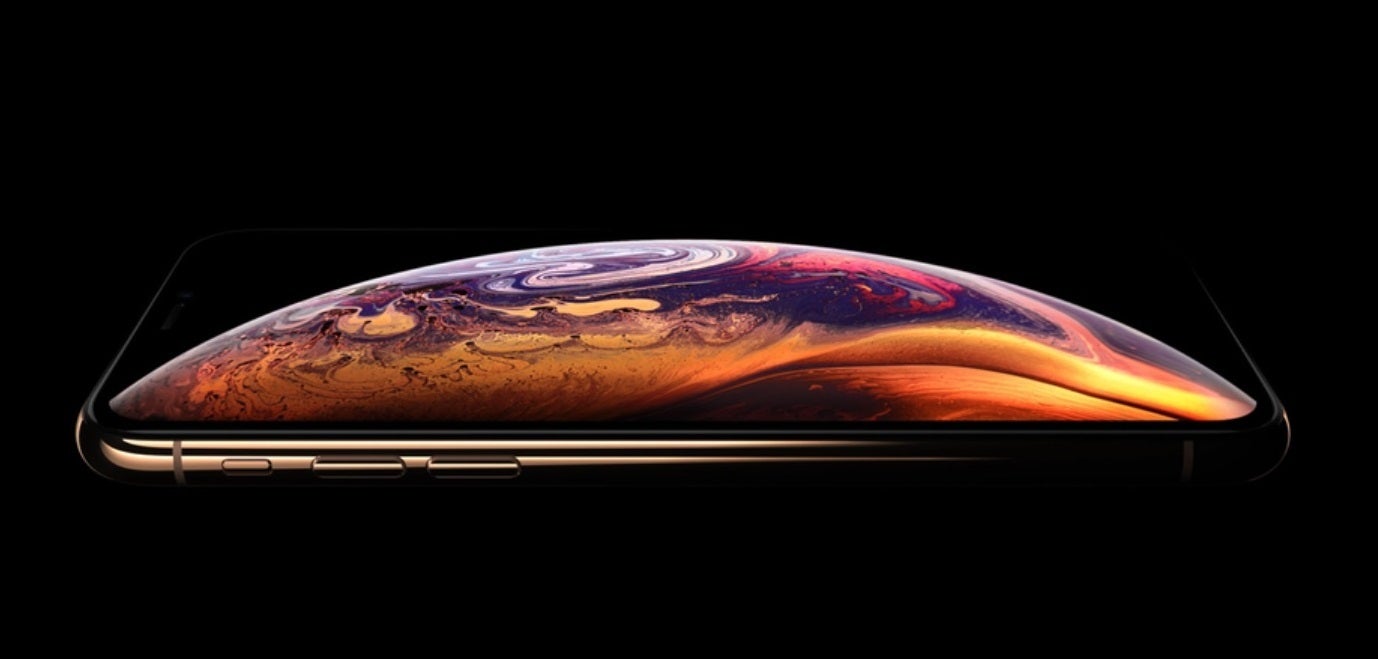
The iPhone XS Max is equipped with a 4 X 4 MIMO antenna array
Another plaintiff, Diana Atkins of Rohnert Park, California, bought her iPhone XR in October 2019. She examined all of the advertising produced by Apple and did not find anything that would cause her to expect the phone to deliver less reliable voice and internet connectivity. She too said that had she known about the difference between 2 X 2 and 4 X 4 MIMO, she would have paid less for the phone or purchased another model. The suit contains similar complaints from several iPhone XR buyers and says that Apple's own website never discussed the differences between 2 X 2 MIMO and 4 X 4 MIMO. Because 4 X 4 MIMO is more efficient, it allows devices to run at faster data speeds. If you look at this as a highway, traffic on a four-lane highway is bound to be faster than the traffic on a two-lane highway because of the additional spacing.
Any U.S. person or business that owns or owned an Apple iPhone XR is allowed to join the lawsuit. The plaintiffs charge Apple with:
- Breach of Express Warranty.
- Breach of Implied Warranty
- Violations of the California Consumers Legal Remedies Act.
- Violations of California's Unfair Competition Law.
- Fraud by Concealment.
- Breach of Implied Warranty of Merchantability.
The plaintiffs seek certification of a Nationwide Class Action status, damages including punitive damages; restitution; penalties; and disgorgement. The plaintiffs also demand that Apple pay both pre-and post-judgment interest on any amounts awarded.
iPhone XR Suit by Mikey Campbell on Scribd


Follow us on Google News


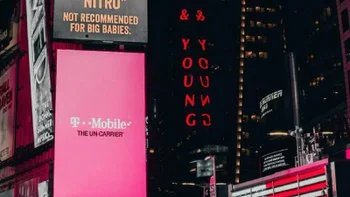
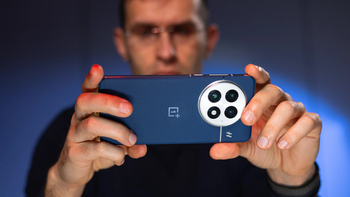

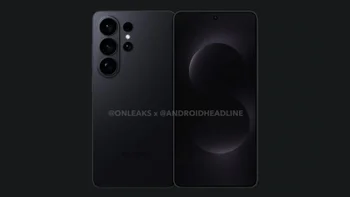
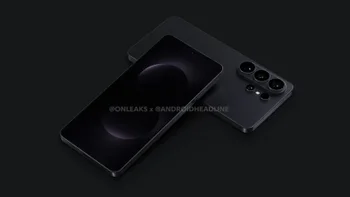
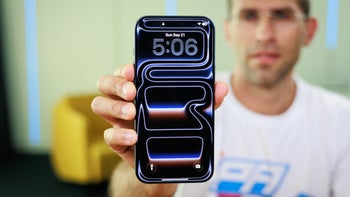
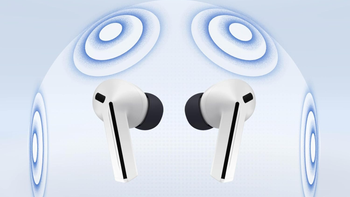
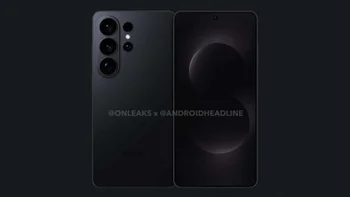

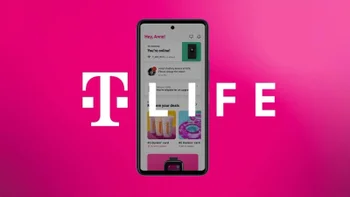


Things that are NOT allowed:
To help keep our community safe and free from spam, we apply temporary limits to newly created accounts: